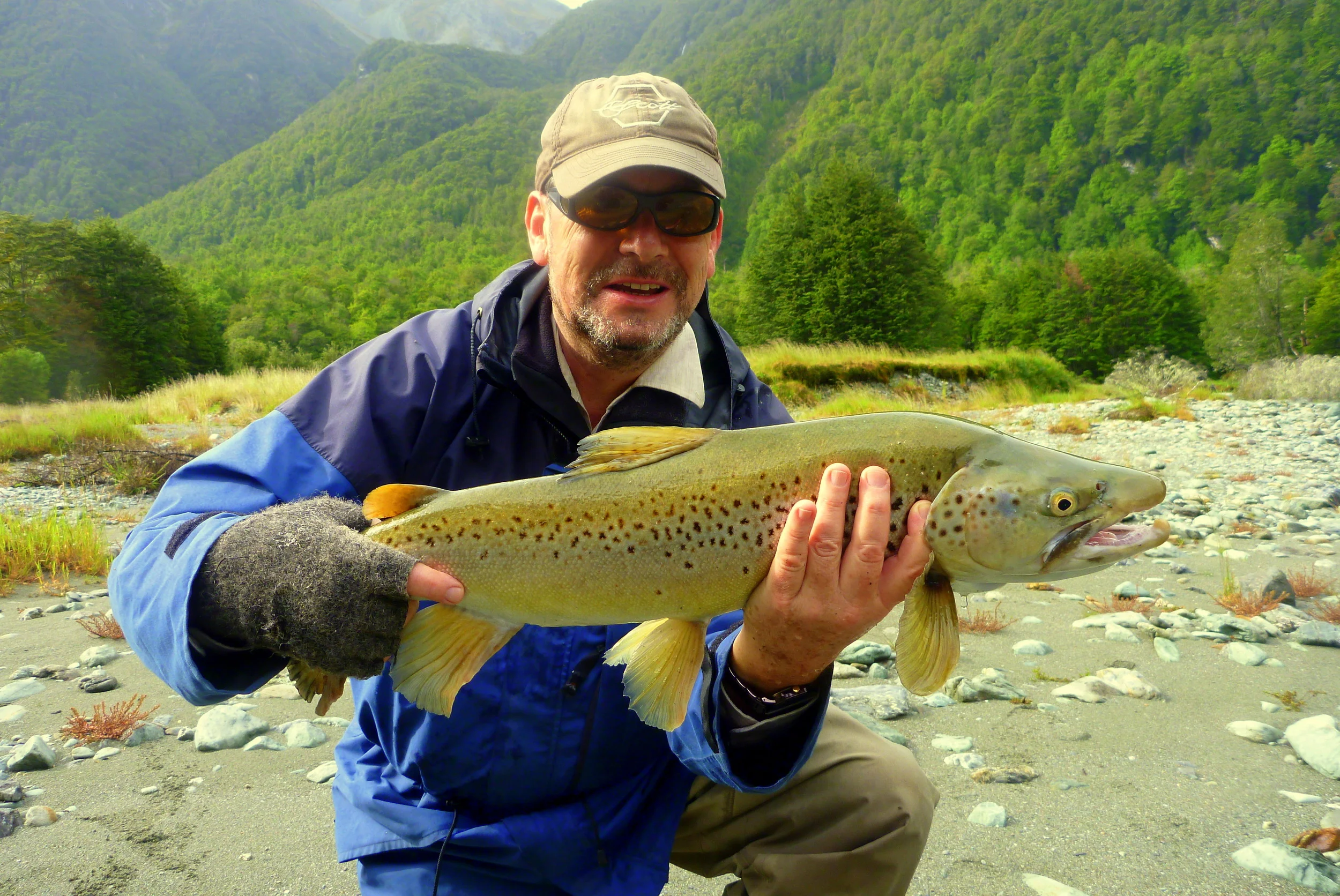Fishing The Pools
/Pools are the deep water areas of a river and usually form where a river or stream's gradient levels out and slows down the water flow resulting in a slower-deeper body of water forming that then widens out into a pool. Reading the water is a matter of recognizing the different types of water in a river or stream and where trout will generally be in each type of water. A trout will always seek out it's basic requirements of safety from predators , shelter from strong currents-flows and food, all of which are provided in a deep pool. Pools can be broken down into 3 sections , these are the head of the pool , the belly of the pool and finally the tail of the pool .
THE HEAD OF THE POOL
This is usually where the fastest most turbulent piece of water is found with lots of bigger boulders and rocks. Generally the highest concentration of trout is to be found in a pool is in this section of water. The fast broken -turbulent waters supplies trout with the basic requirements of safety and a steady supply of food ! Many anglers rush past this section of water and don't give it the attention it deserves . During the lower water flows over the summer months when the water temps rise fish move into these sections of river to take advantage of the more oxygenated -cooler water, so slow down and fish it slowly and methodically as you may just be surprised what you find !
A large fish sits at the head of the pool in the above photo feeding on nymphs drifting down stream ..... never too far from the safety of the deep pool and undercut bank.
THE BELLY OR MIDDLE OF THE POOL
This belly or mid section of a pool tends to have a slower flow, the current -seams that run through the mid section carry a huge amount of food for trout and fish are never to far from this section of water. The bottom structure is usually a mix of gravel and larger boulders-rocks , fish can be tricky to spot in this section so a slow careful approach is needed !
THE TAIL OF A POOL
The tail of the pool is the shallower-flat section of water at the end of the pool before the water spills over into a another riffle. Trout will often wait in this piece of water sipping insects that drift helplessly downstream in the current. A great spot to often find a rising fish or two. Again a slow -careful approach is needed as fish can be tricky to spot !







